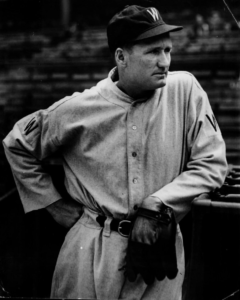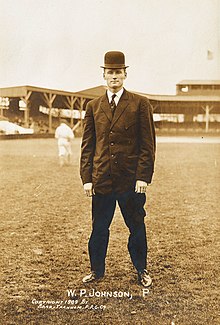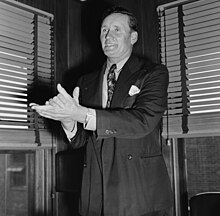The Detroit Tigers have not always been astute when it comes to landing young prospects. Two Hall of Famers were theirs in hand, only to slip away. One was Walter Johnson, the other Carl Hubbell.
Before the Senators wired Johnson fare from Weiser, Idaho in 1907, a cigar salesman saw the Big Train and wrote a laudatory note to William Yawkey, owner of the Tigers, who turned over the message to Frank Navin, a member of the front office who later was to succeed Yawkey. Navin, reasoning that if the writer was a competent scout he wouldn’t be selling cigars, forgot about the letter.
There was some excuse for Hubbell, who had three trials with Detroit. Finally, he was sent to Beaumont, which sold the great screwball ace to John McGraw of the Giants for $25,000.
From Evening star – Washington, D.C. – May 6, 1956















